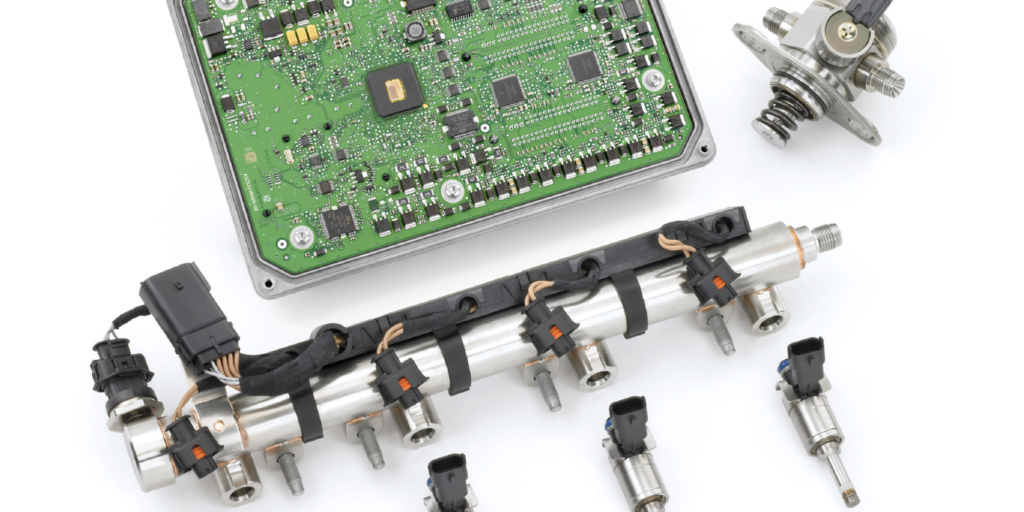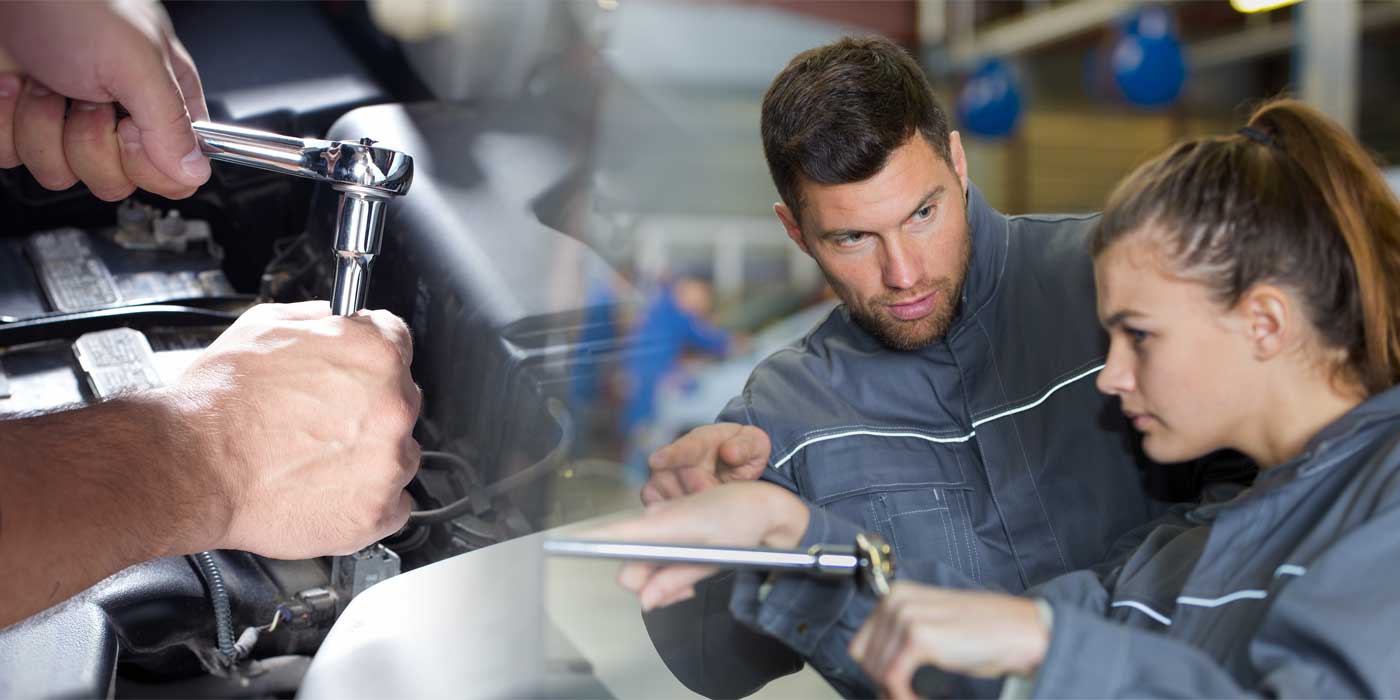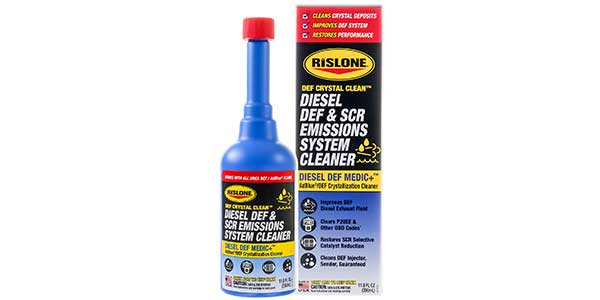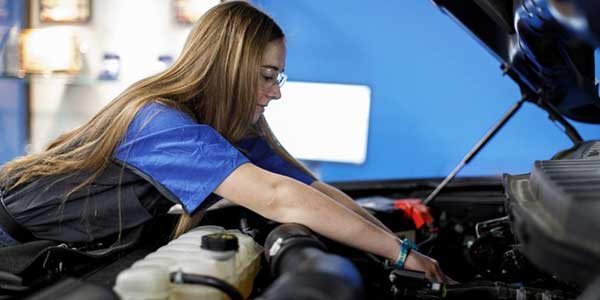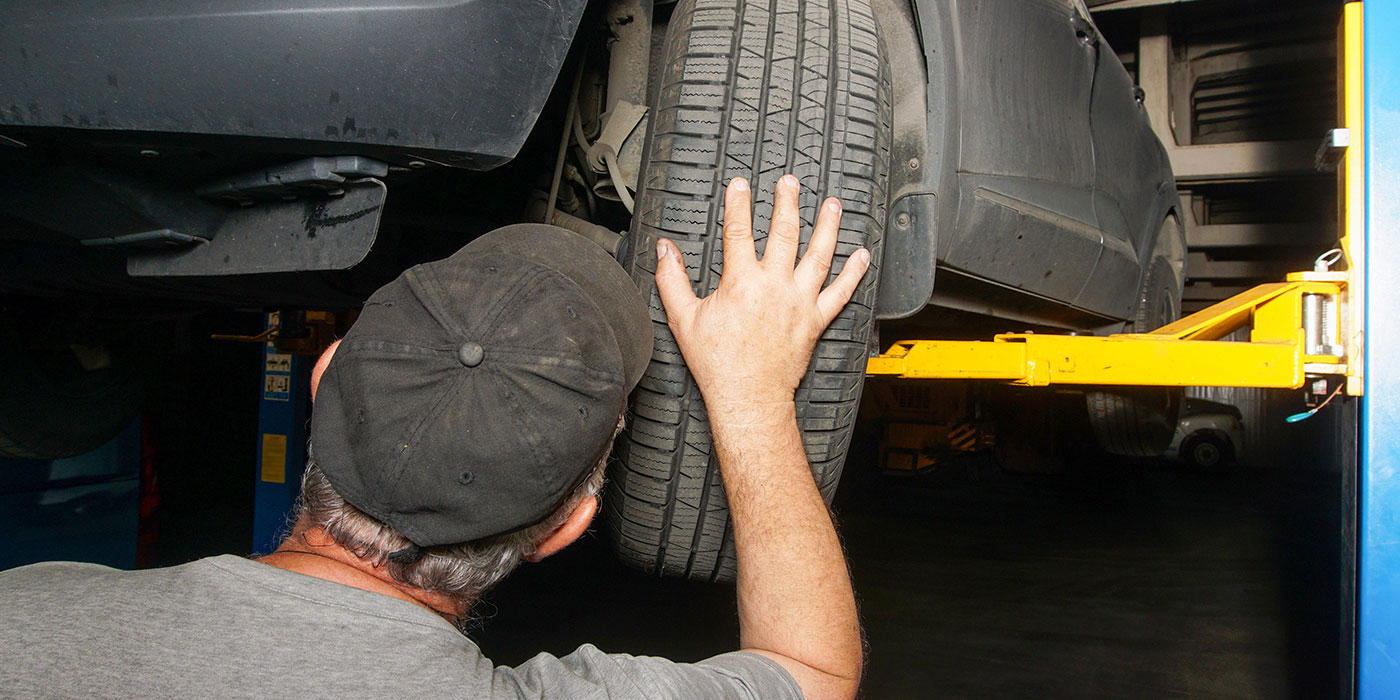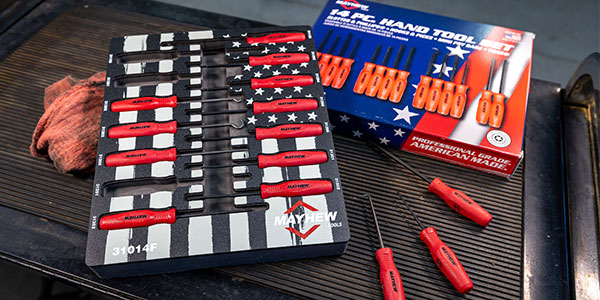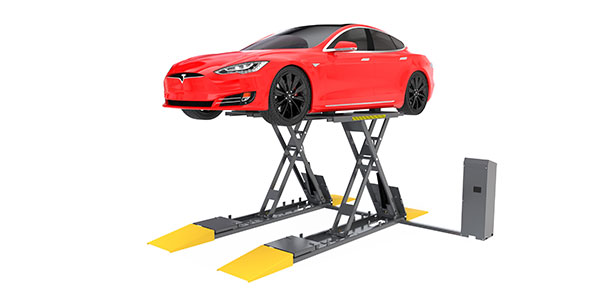Don’t be scared by direct fuel injection diagnostics. In theory, these systems operate on the same principles as port fuel injection, but direct injection can inject more precise amounts of fuel into the combustion chamber so the engine can run leaner and more efficiently.
The key to direct injection is a high-pressure fuel pump. This pump is precision-machined to generate fuel pressure to the rail up to 2,500 psi. Some new systems are generating pressures as high as 5,000 psi for better atomization. These high-pressure fuel pumps are typically driven by a lobe on the camshaft and are able to vary their displacement and output to match the needs of the engine.
High-pressure fuel pumps can malfunction and/or fail due to a number of factors. Diagnosing issues with these pumps isn’t too difficult, if you know what to look for.
1. LACK OF MAINTENANCE
The main destroyer of high-pressure fuel pumps is a lack of oil changes. Wear between the camshaft lobes and the high-pressure pump follower prevents the pump from generating enough piston movement. Less movement of the pump means less pressure. If the pressure is not correct the fuel mixture could become too lean.
You should always examine the lobes on the camshaft before installing a new and very expensive high-pressure fuel pump. A lack-of-power complaint may improve, but it will never be completely corrected.
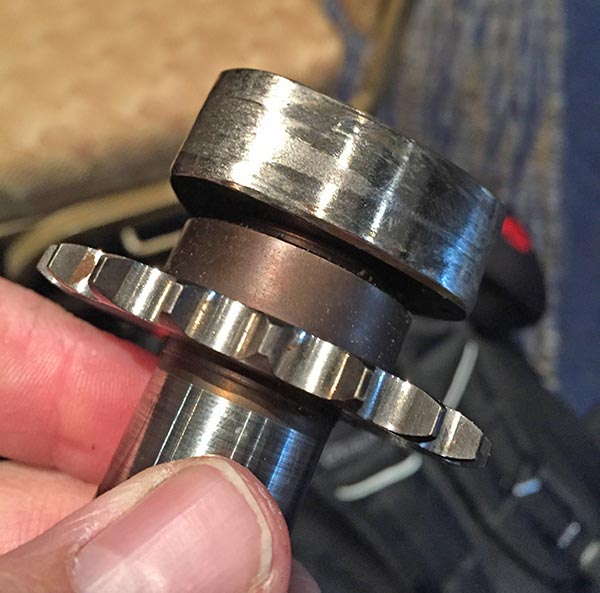
2. WRONG OIL
Engine oil must meet OE specifications to prevent premature wear on the camshaft and high-pressure fuel pump follower. Check with your engine oil supplier to see if an engine oil meets the OEM’s specifications. Volkswagen, GM and many other OEMs have oil standards that address wear issues on the camshaft and pump follower.
3. PRESSURE AND TEMPERATURE SENSORS
While a failed sensor cannot cause a pump to fail, it can cause you to misdiagnose a high-pressure fuel pump. Direct-injection systems use pressure and, in some cases, temperature sensors to help determine the position of the high-pressure pump solenoid.
The information generated by these sensors makes for the best possible combustion event, but these additional sensors can throw you a diagnostic curve ball compared to older port fuel-injected systems.
These sensors have a ±2% accuracy rate. If the sensors are malfunctioning, they can influence fuel trims. If a sensor fails or is generating readings outside of set parameters, the system will go into a low-pressure safe mode to prevent damage to the system.
The best way to diagnose sensors is with a scan tool to help interpret the data.
4. LEAKS
A direct injector is under a lot of pressure, so leaks can happen. Some leaks may occur when the engine is resting, which will cause severe carbon buildup and a rich fuel reading. Leaks can also cause a longer-than-normal cranking cycle and possible wear.
Most systems have a specified resting pressure. This is designed to keep a specific amount of pressure in the system when the engine is turned off. Values can be monitored using a scan tool.
An injector balance test and a leakdown test are typically included in an enhanced or factory scan tool. These tests can help to spot a leaking injector or pump.
5. OLD CALIBRATIONS, REFLASH REQUIRED
As engineers squeeze every bit of energy out of a droplet of fuel, every element in the system is operating on a razor’s edge of driveability problems. Sometimes, they get it wrong and they don’t find out until a direct-injection system is in the field and racking up warranty claims.
There is a direct relationship between pump pressures, camshaft position and pressure solenoid position. These elements along with injector pulses can be calibrated to give the best performance and component life.
If you are diagnosing a driveability problem on a direct-injection vehicle or replacing a high-pressure pump, make sure the ECU has the latest calibration. Newer calibrations can help solve wear problems and driveability issues, and may save you from replacing the pump.
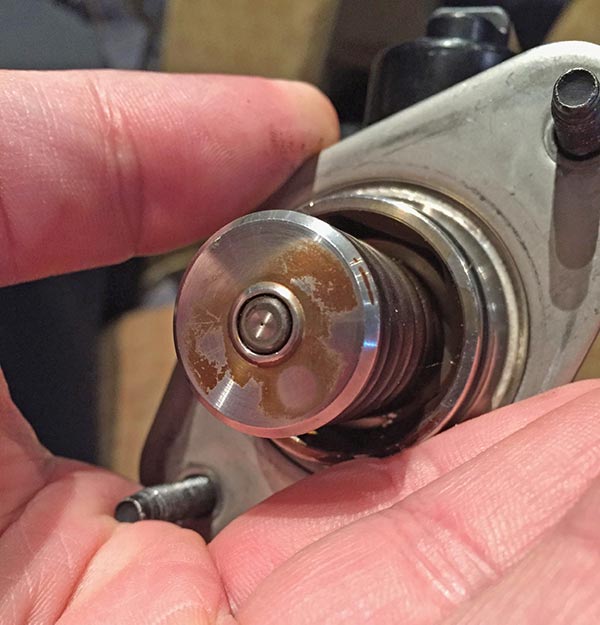
6. FUEL PUMP PRESSURE SOLENOID
High-pressure fuel pumps use a solenoid to control the volume and pressure of the pump by changing the stroke and/or port location. When this solenoid fails, it will be in a low-pressure setting.
7. IGNORING THE SIGNS
Some people aren’t afraid to drive with their check engine light on. They assume it will go out if they put better fuel in the tank, but we all know that this is not true.
A direct-injection engine that has a high-pressure pump issue will go into a limp or low-pressure mode. In this mode, the in-tank pump will take over and the injector open time will increase.
When direct injection is working, the injector is precisely pulsing the injector multiple times to create the best possible fuel/air mixture. In a low-pressure mode, it is less precise. The car will start and run, but the performance will be reduced and the catalyst could be harmed. Engine wear can also occur.

